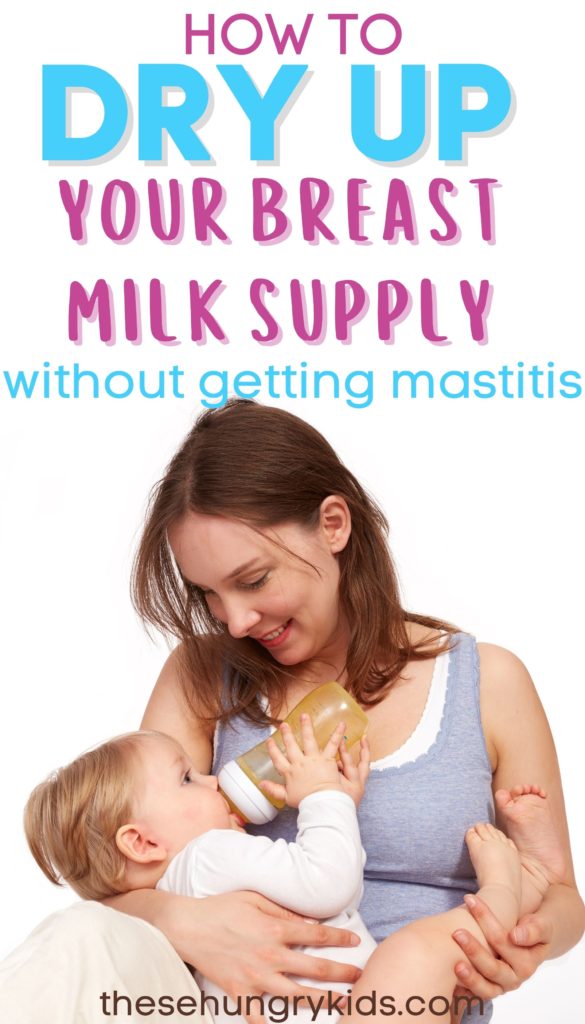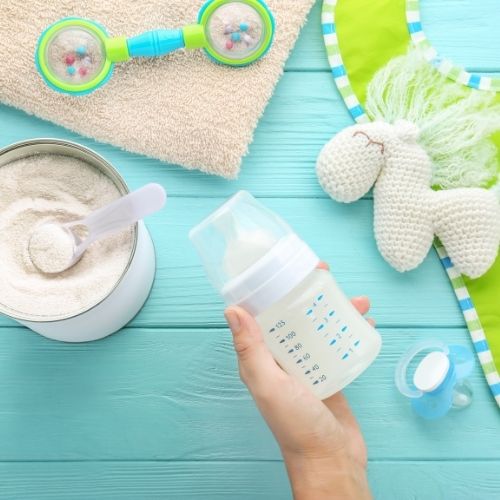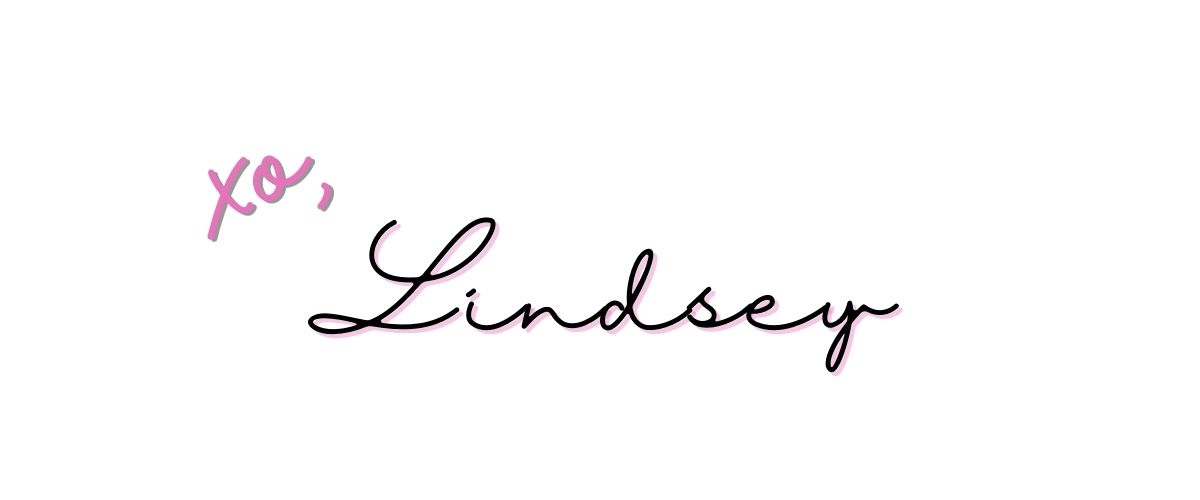Learning how to dry up breast milk is easy as long as you do it safely. Drying up your milk supply takes a little planning and patience. These are my best tips and tricks to stop making breast milk as pain-free as possible! Plus, learn how to relieve pain and engorgement when trying to dry up milk.
Drying up your milk supply might seem like a simple thing to do, but it actually requires a little bit of thought and effort. It’s not something that can be done overnight without consequence. If you try to abruptly stop expressing milk, you could end up with a clogged duct or mastitis.
Luckily, there are a few different things you can do to quickly dry up your milk without getting an infection or suffering with engorgement and clogged ducts. The key is to not stop suddenly, but to do it gradually so that you don’t risk developing an infection.
Basically, do the exact opposite of what I recommend in my post about boosting milk production. Since breastfeeding is essentially supply and demand. To dry up milk, you need to signal to your body that not as much milk is needed.

How long does it take to dry up breast milk?
The amount of time it takes for milk to dry up varies person to person. It depends on your milk supply when you are trying to stop producing milk, your genetics, and the methods you try. It can take just a few days or it may take a few weeks.
If your baby has been slowly weaning, it’s pretty easy to continue the process to stop your milk production. If your child is still nursing every few hours, you can expect it to take a little longer. Someone that has an oversupply of milk will take longer to wean than someone that is already supplementing with formula.
Why is it so important to dry up breast milk slowly?
Abruptly stopping breastfeeding can lead to clogged ducts and mastitis. Not only is this very painful, it can lead to an abscess and infection. The safest way to dry up your milk supply is to slowly wean over days to weeks.

This post contains affiliate links to products I know and love. This means if a purchase is made using the links on this page, I may earn a small commission at no additional cost to you.
How to dry up breast milk
1. Go slow with weaning
It’s possible to dry up your milk supply quickly without quitting cold turkey. You are more likely to have complications like infection if you stop breastfeeding quickly, especially if your baby has an established feeding schedule.
Start the weaning process by replacing one feed at a time. Depending on your baby’s age, you can replace that feed with formula, previously pumped breast milk, or a feeding of solids. If your child is over 1 year old, your pediatrician may recommend replacing feedings with whole milk.

2. Hand express if you need to (don’t pump)
You might be thinking, “why am I even hand expressing? Shouldn’t I stop altogether?”
It’s not uncommon to feel really full when dropping feedings. Not only is it uncomfortable, it can be unsafe.
If you abruptly stop breastfeeding, you will likely become engorged and full of milk. Engorgement puts you at risk for clogged ducts and mastitis, or an infection of the breast.
If you are becoming engorged during your normal feeding times, try hand expressing. Expressing milk into a towel or in the shower until your breasts are softened but not completely empty will help prevent clogged ducts and mastitis. Spending just a minute or two on each side should be enough.

Related: Breastfeeding 101: advice and information for the first-time mom
3. Wear tight bras
Wearing a tight-fitting sports bra is a great way to help dry up milk. I would recommend even wearing one at night time!
Wearing a tight fitting bra restricts milk flow which may signal to your body that not as much milk is needed.
*If your breasts are sore and engorged, a tight fitting bra may cause more discomfort. Wear whatever is comfortable until the engorgement is gone!*

4. Use ice and avoid heat
Throughout the day, try using ice packs on your breasts. There are kinds that fit right into the bra that are designed for pain when breastfeeding, but they also work great for when you want to dry up your supply.
You’ll also want to avoid any heat on your breasts. This might mean that you avoid your nightly self-care routine of a warm bubble bath or that you turn your back to face the shower head. Too much heat on the breasts can stimulate more milk production.
5. Try drinking No More Milk Tea
You may have previously sipped on Mother’s Milk tea, but it’s time to swap that out for No More Milk Tea. This tea by Earth Mama Organics may help slow your milk production.
Using herbs like peppermint, sage and hibiscus, the ingredients are meant to slow breast milk production and dry up milk.
If tea isn’t your style, you could also try eating foods with those ingredients.

6. Decongestants
You may have noticed that many cold and flu medications have a warning for breastfeeding moms on the back. Some decongestants can reduce milk production.
Pseudoephedrine is known to reduce milk supply (source), likely due to its ability to reduce the secretion of the milk-production hormone prolactin. Taking a medication like Sudafed may help dry up your milk production quickly.
Related: Cold Medications During Pregnancy, What’s Safe To Take?
Relieving engorgement when drying up milk

Painful and engorged breasts are common when moms try to wean. Even if you follow all of the steps above, you may experience full and tender breasts while drying up your milk supply.
1. Use cabbage leaves in your bra
Cabbage leaves placed inside your bra can help with the swelling and inflammation if you become engorged when weaning. There is a myth that it will dry up your milk supply, but it actually just helps with the symptoms of engorgement.
Roll a few cabbage leaves under a rolling pin to break open the vessels and place a few cold leaves in your bra. You can do this several times per day until the swelling and inflammation is better. Here is a great guide for using cabbage leaves for breastfeeding.
2. Take ibuprofen or acetaminophen
Tylenol and Advil can help with the pain associated with engorged breasts. An anti-inflammatory, like ibuprofen or naproxen, can be helpful as well.
The first few days of weaning are the most uncomfortable, so taking these medications can help with the pain. If you feel feverish, call your provider before taking these medications! Ibuprofen and acetaminophen may mask the signs and symptoms of mastitis.

4. Use ice packs in your bra
Not only can this help reduce your milk supply, it is also great to help with the swelling and pain. I use Lansinoh’s breast therapy ice packs for pain related to breastfeeding.
You can also just stick a good ol’ bag of frozen peas in your bra. This will help with the discomfort and swelling.
The best bottles and formula for a breastfed baby
Weaning often leads to the difficult questions of which bottles and which formulas to use.

Best formula for a breastfed baby
If your infant is under 1 year old, it is important to continue feeding the baby either pumped breast milk or infant’s formula.
If your baby is over 1 year old, your pediatrician may advise you to switch them to full fat cow’s milk or another kind of milk.
Baby formulas are all very similar and are designed to be similar to breast milk. They are all very similar in ingredients and are tightly regulated by the FDA. Whichever formula your baby will take is the best formula to use!
I am a fan of Enfamil NeuroPro formula as a replacement for breast milk. This is the formula that is used by the hospital I work at and it is what I used with my kids once they weaned off of breast milk.
It contains Omega-3 DHA which helps support brain development and contains a Triple Probiotic Immune Blend that has been shown to boost immune health. It’s a non-GMO formula that is backed by pediatricians.

Best bottle for a breastfed baby

Choose a bottle that has a slow flow nipple and that widens to the base. A bottle that is most similar to the breast is what your baby is most likely to take.
Dr. Brown’s and Philips Avent are my personal favorites and what my babies have taken.
For a full review of the best bottles for breastfed babies, click here.
What other tips and tricks have you tried for drying up milk? Leave a comment and let me know – you may help out another mama!
And make sure to follow me on Facebook, Pinterest and Instagram. Let’s be friends!


